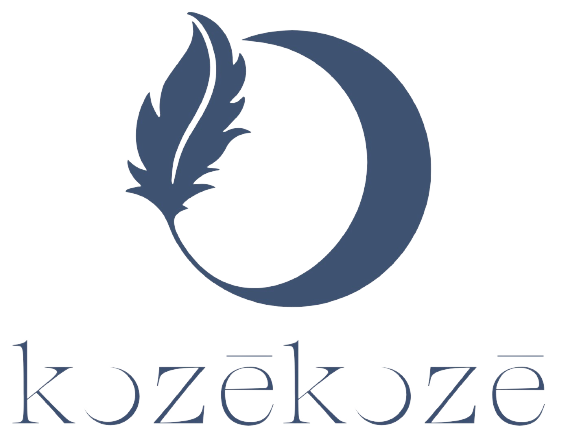Find out about my experience using the 2-in-1 balm.
Mommy Moments with Sasha Marina is BrownStyle Magazine‘s new column that encourages moms to practice mindfulness and create a soft life that speaks to their souls. From adventurous family trips to products that make parenting a little easier, learn how the mother-of-two is navigating motherhood one day at a time.
Breastfeeding can be an emotional journey— especially for new moms. As a mother of two boys, I am proud to say I’ve experienced the beauty of nurturing my children through breastfeeding. On the other hand, I also know how stressful (and sometimes painful) it can be.
My Experience Breastfeeding As A First-Time Mom
When I had my first son Marcel at 25, I was determined to be as natural as possible. However, my body didn’t exactly cooperate. (Figuring out how to produce enough milk was a puzzle I couldn’t crack, no matter how many lactation cookies I ate.)
I went back to work just two weeks postpartum while still trying to nurse. It was no easy feat. By week four, Marcel’s appetite became insatiable, so I had to introduce a formula.
We kept breastfeeding on demand, but it was no longer exclusive—and that was okay! Then, right when I thought we had a rhythm, his bottom teeth sprouted, and let me tell you, the biting began.
After three painful nips, I decided we were done. My body slowly stopped producing milk, and I moved on, but not without learning some crucial lessons along the way. For one, nipple cream is mom’s best friend. I didn’t even know it was a thing until my poor, sore nipples demanded relief. (Whether breastfeeding or pumping, I highly suggest it!)
Returning To Breastfeeding With Baby Number Two
Fast forward almost six years, and along came baby number two. By then, I was in a different life phase—personally, professionally, and mentally. Honestly, it felt like I had forgotten everything I learned the first time. But here I was, determined to give breastfeeding another go.
As a mom, I knew the health benefits. But as a woman, I was mentally checked out. Still, I pressed on, despite the painful start—cracked, peeling, burning nipples (you know the drill). Thankfully, I was working from home this time, making things easier.
The constant on-demand feeding was exhausting! By the time I hit eight weeks postpartum, I was ready to start supplementing. But, in a twist of fate, my son decided he only wanted the boob—no bottle, no formula. And to make things more interesting, he developed a lactose intolerance.
Now, nine months in, I’m still breastfeeding on demand. Am I an expert by now? You’d think so, right? Nope—this is still 100% out of my control! My son won’t touch formula, and it’s only in the last month that he’s started trying more solids. Oh, and he’s got six teeth now, so I live with the constant fear of being bitten again.
Kozēkozē Nipgloss: My Honest Review
A silver lining in my breastfeeding journey was discovering kozēkozē Nipgloss, a lanolin-free and non-toxic hydrating gloss created to soothe and moisturize raw, cracked, and injured nipples and lips.
When the brand offered to send over the two-in-one product to try, I jumped at the opportunity— especially after learning that the brand was founded by moms for moms.
I wish I had this multi-use product from day one! After using it for two months, I can honestly say it has saved my nipples thanks to its blend of hydrating natural oils.
It heals like a balm and is easy to use thanks to its ceramic applicator head, which provides smooth and frictionless application. And most importantly, the Nipgloss is formulated with ingredients that are safe for mom and baby.
A Message To Moms
To all the mommas out there, let me give you your flowers! Whether you’re breastfeeding, pumping, or supplementing, you are doing an amazing job. Every journey is unique and it’s all about finding your personal groove. Keep going. You’ve got this!
Read the original article here.
